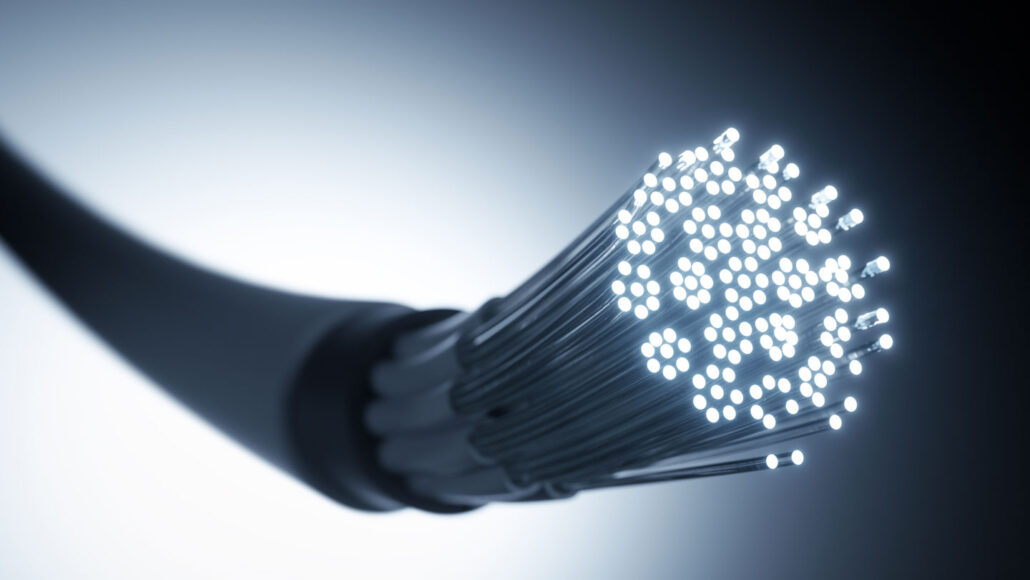data: Facts and/or statistics collected together for analysis but not necessarily organized in a way that gives them meaning. For digital information (the type stored by computers), those data typically are numbers stored in a binary code, portrayed as strings of zeros and ones.
decode: To convert a hidden or secret message into a language that can be understood.
digital: (in computer science and engineering) An adjective indicating that something has been developed numerically on a computer or on some other electronic device, based on a binary system (where all numbers are displayed using a series of only zeros and ones).
earthquake: A sudden and sometimes violent shaking of the ground, sometimes causing great destruction, as a result of movements within Earth’s crust or of volcanic action.
encode: (adj. encoded) To use some code to mask a message.
endoscopy: A medical procedure in which a doctor inserts a long, slender tube into the body. A light on the end of the device, known as an endoscope, illuminates the tissues. Typically, there will be a camera next to the light. It will send back video imagery of the inside of the body.
glass: A hard, brittle substance made from silica, a mineral found in sand. Glass usually is transparent and fairly inert (chemically nonreactive). Aquatic organisms called diatoms build their shells of it.
internet: An electronic communications network. It allows computers anywhere in the world to link into other networks to find information, download files and share data (including pictures).
laser: A device that generates an intense beam of coherent light of a single color. Lasers are used in drilling and cutting, alignment and guidance, in data storage and in surgery.
monitor: To test, sample or watch something, especially on a regular or ongoing basis.
plastic: Any of a series of materials that are easily deformable; or synthetic materials that have been made from polymers (long strings of some building-block molecule) that tend to be lightweight, inexpensive and resistant to degradation. (adj.) A material that is able to adapt by changing shape or possibly even changing its function.
seismologist: Someone who works in the field of science concerned with earthquakes and related phenomena. These people read the signature of ground movements from the passage of energy waves through rock.
sensor: A device that picks up information on physical or chemical conditions — such as temperature, barometric pressure, salinity, humidity, pH, light intensity or radiation — and stores or broadcasts that information. Scientists and engineers often rely on sensors to inform them of conditions that may change over time or that exist far from where a researcher can measure them directly.
speed of light: A constant often used in physics, corresponding to 1.08 billion kilometers (671 million miles) per hour.
transparent: Allowing light to pass through so that objects behind can be distinctly seen. Or information that lets others understand the otherwise hidden people, processes and impacts behind some product, action or proposal.

